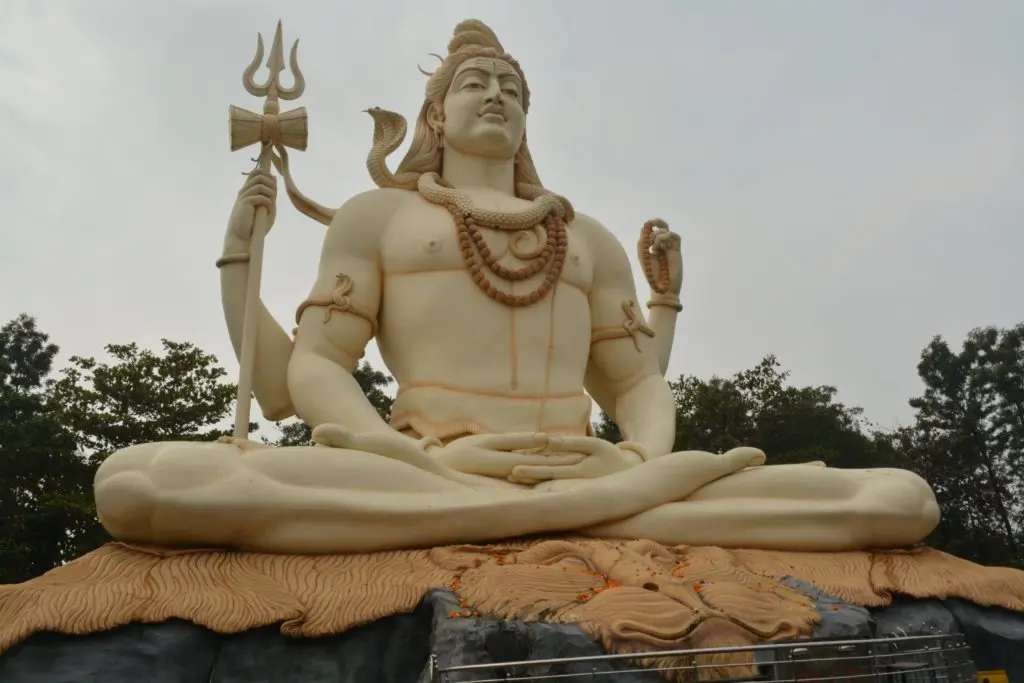
Hinduism is the largest religion in India and a large portion of the Indian population resides in Indian villages. Therefore, it would be interesting to learn about Hinduism in villages in India.
It is important to note the social situations in Indian villages before learning about Hinduism in Indian villages.
1. Most of the Hindus living in villages are illiterate or have very little education.
2. As the main source of income is agriculture, most of the Hindu customs are related to agriculture.
3. They are orthodox Hindus and strongly believe in a medieval form of the caste system but the untouchability does not exist in any village right now.
4. Most of them do not know what is exactly written in the Hindu scriptures as they are illiterate.
5. The financial condition of most of the families is very poor.
6. Lots of villages still lack basic facilities like tar roads, electricity, toilets, hospitals, etc.
7. They are very superstitious due to a lack of education. Black magic practices and preventive measures from black magic are prevalent. Belief in ghosts and supernatural powers is common.
Lots of people in villages in India are illiterate. Therefore, they stick to what their ancestors have been following over the last thousands of years. They do not bother what is written in Hindu scriptures. They are very much concerned about the traditions they are following and would not give them up readily. Therefore, Hindus in villages are somewhat of the orthodox type.
Marriages are arranged marriages only. Love marriages or intercaste marriages are not allowed at all.
Most of the Hindus in villages worship many Gods. Every village has a specific village deity. This deity is typically the reincarnation of Lord Shiva. Lord Shiva and Lord Ganesha are the most popular deities in villages. You will find the main temple of the village deity plus other small temples scattered in the village of local deities. As agriculture is the only source of income in most of the Indian villages, you will find small, small temples in the farms also. Hindus pray to these deities for good farming seasons and protecting their farms and grains from the forces of nature and robbers.
They offer coconuts and flower garlands to their deities, mainly on full-moon and no-moon days. Most of the Hindu festivals are associated with agriculture as agriculture was the main source of income for ancient Hindus. Therefore, festivals related to agriculture are celebrated with great enthusiasm in villages.
One chief priest is there in every village who has been given rights to perform the rituals. In general, one family in the village gets rights traditionally to perform puja of the village deity. These rights are carried over from generation to generation.
The society in the villages of India is male-dominated. Therefore, every family wants at least one son in their family who would carry their family traditions to the next generation.
The caste system still exists greatly in villages. A Brahmin family is considered superior to others in the village. Dalit homes are generally located at a distance from the main village. Drinking water resources are also divided into some villages between Dalits and the so-called upper-caste Hindus.
Since independence, the conditions have rapidly improved. The gap between castes is narrowing. Developments are being carried out in the villages. Due to the prevalence of television and electricity, the mindsets of people are changing and they are becoming more and more modern. People are trying to leave villages and settling in the cities. The literacy rate has also increased greatly over the past few years. This is a very positive scenario. Due to the rapid urbanization of villages, the form of Hinduism being practiced is also changing.